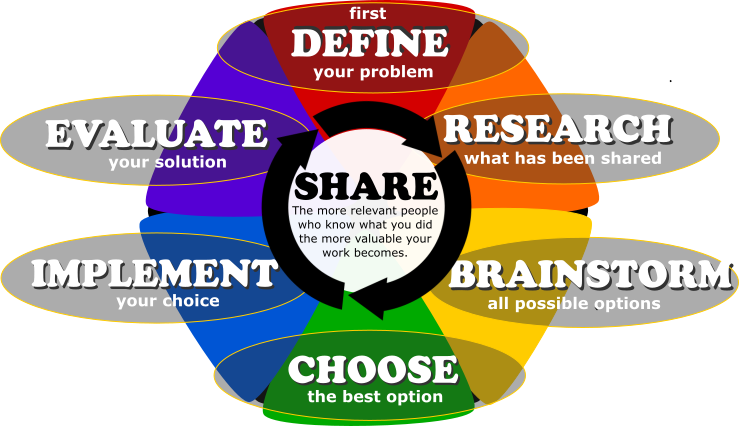Day 11 - Electromagnetism Science
Today I will need you to do a simple WebQuest. You're going to go to Ron Kurtis' page on electromagnetism to answer the following questions. Put both your questions and your answers in your "Power Anywhere" document under "Electromagnetism Science."
- What must electrons do to create a magnetic field?
- Based on your answer to the first question, how might you explain ionic bonding in chemistry?
- Why is it useful to coil copper loops and stack them when making motors or dynamos?
- Click on the link to the page on solenoids. Based on what you read there, do you think our electric motors have solenoids in them? What role might a solenoid play in such a device?
- How can magnets be used to push electrons?
- Click on the link to the page on electromagnets. What three changes can you make to an electromagnet to increase its strength?
- What must happen in a substance for it to become a permanent magnet?
- What is the key advantage to using an electromagnet in devices instead of a permanent magnet?
- coil
- a layered loop of conductive material (such as copper); current through this loop will produce a magnetic field
- commutator
- a cylinder with a break in it such that as it spins it keeps breaking the circuit for a moment to allow a reversal of current
- current
- in electronics, it is the movement of electrons through a circuit; this movement can be direct (flow) or alternating (vibration)
- dynamo
- a generator that converts movement (mechanical energy) into electricity (electrical energy)
- electromagnetism
- the physics invovled with the flow of electrons and their magnetic fields
- generator
- in engineering, a generator is any device that outputs energy in a specific form (often electricity)
- magnetic field
- the accumulation of force from millions of electrons aligned in the same direction, making the substance behave like an ionic element
